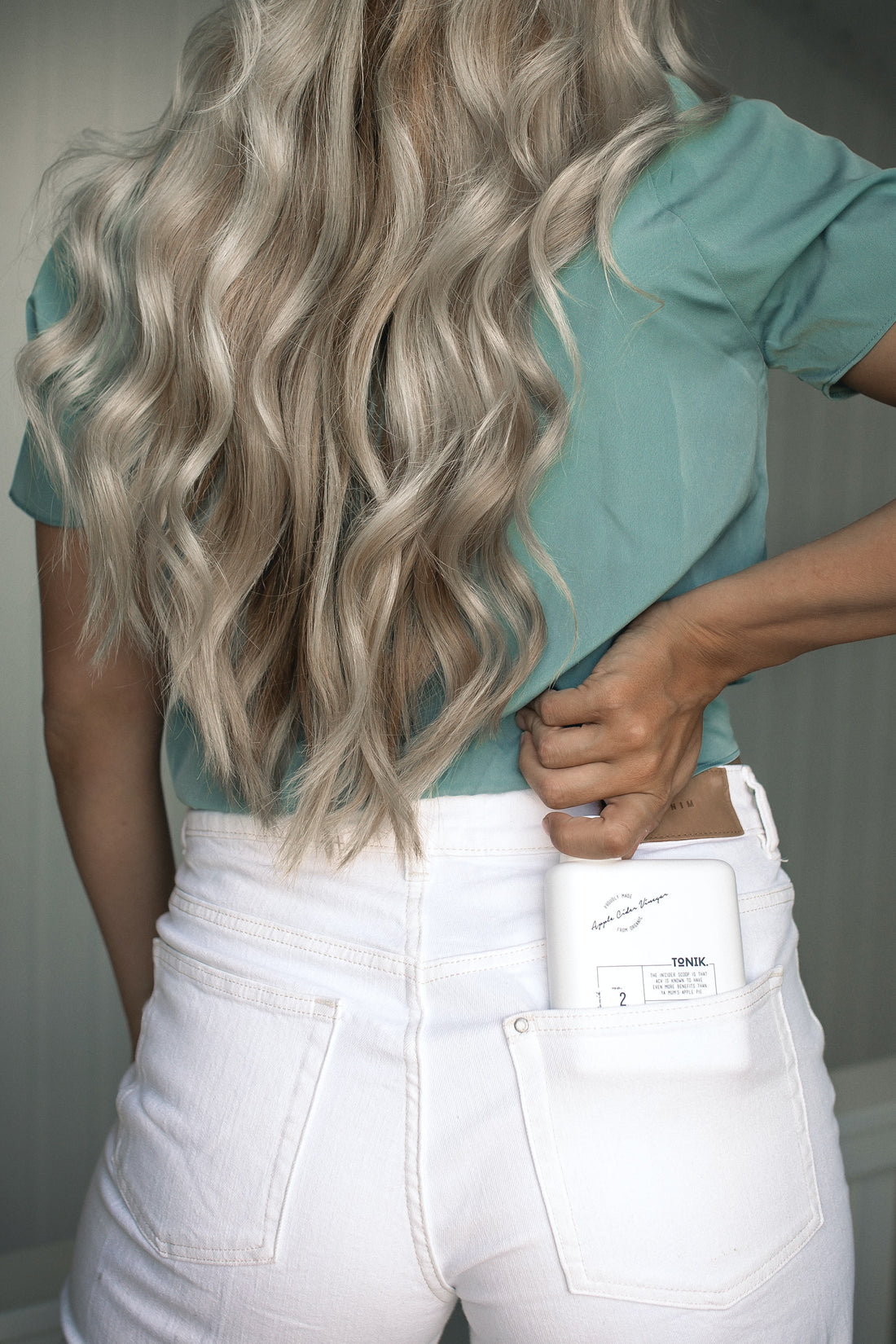Pre-taped with medical-grade glue, tape-in hair extensions are made up of pre-cut sections of hair.
"There's something about the way you can tape extensions on natural hair," Dallas-based extension specialist Jayla Hamilton told Good Morning America.
This type of installation is ideal for anyone looking for extra length, fullness, versatility, and the least amount of tension.
"There is no braiding, sewing, or gluing involved," said Hamilton.
"I know some of my clients are amazed that I can shampoo their hair without the tapes sliding out. You can also reuse the extensions depending on the quality of the hair," continued Hamilton, according to the report.
A negative of tape-ins, according to Hamilton, is that if they "are not taken care of properly, it can cause matting and breakage."
She added that the person with the most hair who can conceal or cover the tape is the best candidate for a tape-in service.
The first step for installing a tape-in extension is shampooing, conditioning, blow drying, and straightening and cutting the hair.
The tape is then smoothed under a small section of hair that is not too close to the scalp.
The stylist will seal the tape with a low-heat hair iron before repeating the bricklayer pattern in rows around your head.
Asked about how tape-ins compare to microlinks, Hamilton told Good Morning America, "Microlinks give you length and fullness while tape-ins give you length and volume," but microlinks will last longer.

